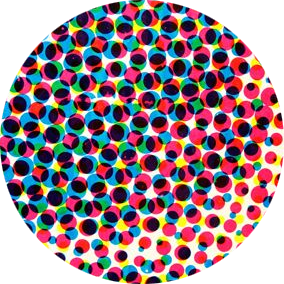Comic Strips & Racial Caricature

As has been established by comics historians, early American comic strips would often make use of broad racial caricatures as the subject of specific punchlines, entire comedic premises or even iconic characters. #ComicStrips #ComicsStudies 1/8




In McCloud’s eyes, comics representations of race have a greater capacity to perpetuate and entrench racial rather than gender stereotypes, particularly amongst racially segregated populations. For a mass medium, this is obviously problematic. 5/9

Furthermore, the modern visual lexicon of the cartoon style can be seen to evolve from certain racist caricatures. Homer Simpson, for example, is illustrated with a “Simian Shelf” on his face, a signifier of being unevolved that was used to represent the Irish in the past. 6/8

Thus the legacy of early racial caricatures show its entrenchment as difficult to escape. As Guardian-winning cartoonist Chris Ware notes: I realized a great part of the “visual rush” of comics is at least partially, if not almost entirely, founded in racial caricature.” 7/8

The point, then, is just that the racial grotesques of early comics depictions of race are not so easily dismissed as artifacts of a distant past, that there is still work to be done on this subject and that it isn’t going to be easy. 8/8
